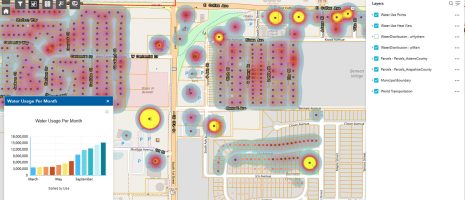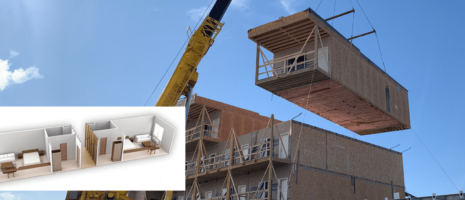A project’s climate is critical to proper design of HVAC system

By Jeff Boldt
A project’s climate – humid or arid, hot or cold – impacts how its HVAC system should be designed. However, most mechanical engineers design primarily in one climate zone. They know the intricacies of that climate but can overlook important differences when designing in a climate with which they are not familiar.
I examine climate-related design considerations in my latest Engineers Notebook column for the ASHRAE Journal. Along with co-author Eric DeSplinter, I take a look at methods for improving dehumidification when warranted, condensation issues, as well humidification strategies and code considerations. We also point out that the amount of moisture in the air depends not only on the project location but also on the time of year. Therefore, designers must consider outside conditions during all seasons to effectively prepare for their impact on the operation of the building and HVAC systems.
Especially for firms that share work between offices in different climate zones – such as IMEG – it is important to make sure designers understand that what is appropriate in one climate does not necessarily make sense in another.
Read and download a PDF of the column as it appeared in the ASHRAE Journal.











